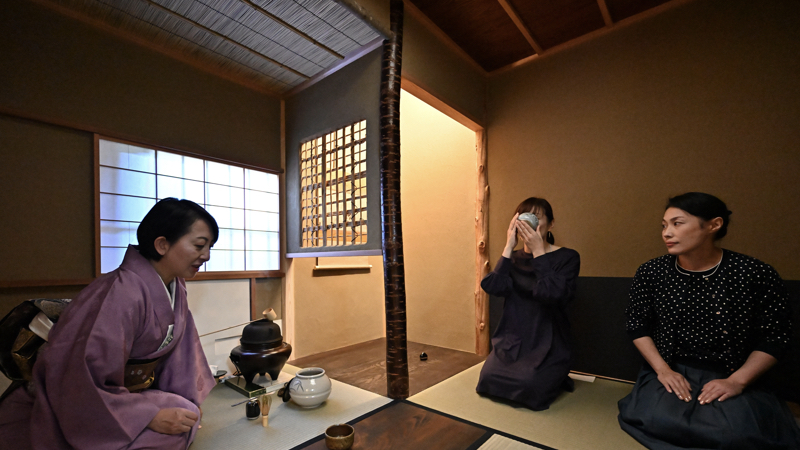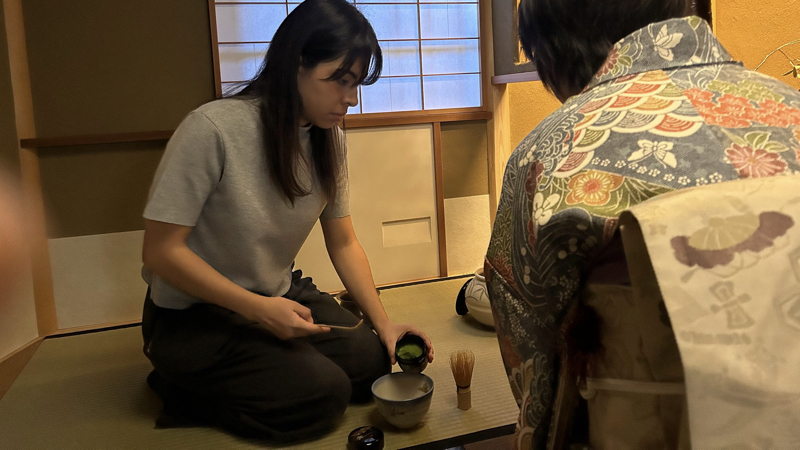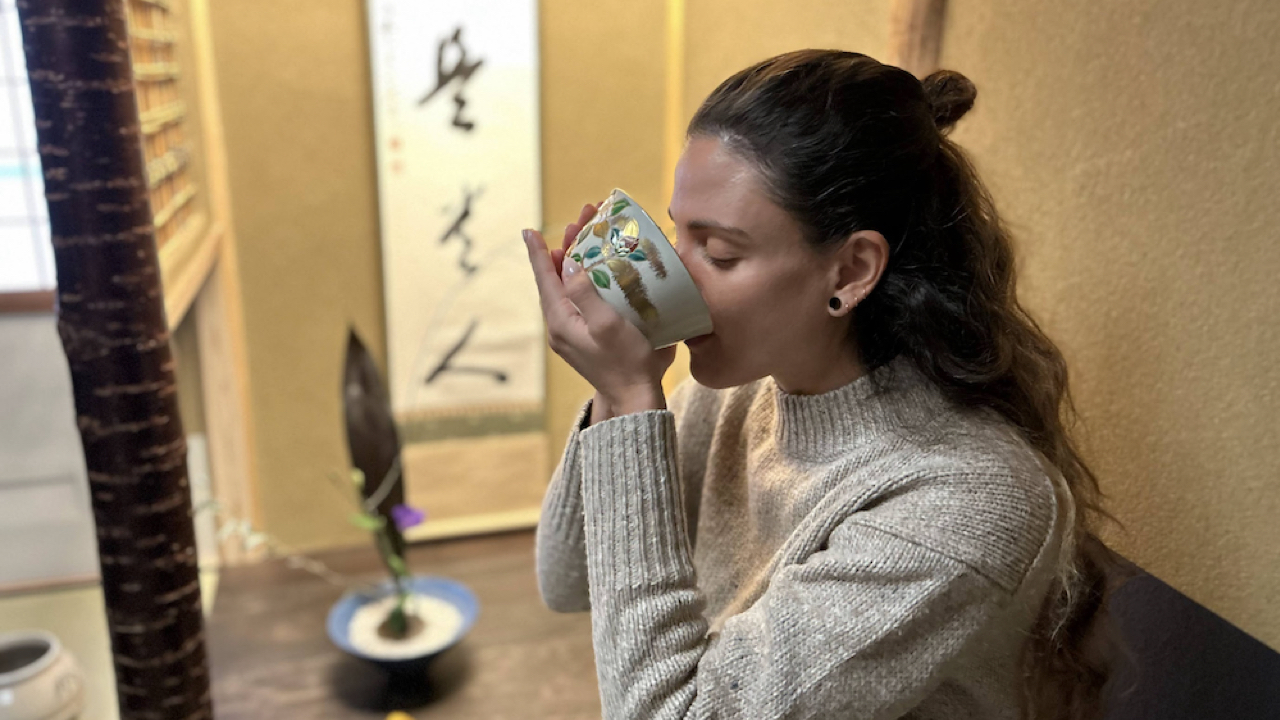
Prepare a sensu(holding fan), a few kaishi(pocket of paper), and a kashiyoji(sweet pick).
First of all, with your belongings, it is enough to have a sensu, a few kaishi and a kashiyoji as the minimum requirements.

Don't become shokyaku(first guest) and makkyaku(last guest).
A shokyaku is the highest-ranked customer in a tea ceremony, and sits in the top seat, exchanges greetings with the owner on behalf of the guest, asks questions and answers, etc. You need to be a certain person to work.
The makkyaku, who are also close, sit at the very end (sitting) and need to work in various ways, so unless you are skilled in the tea ceremony and you are accustomed to the tea ceremony, you will not work.
So don't be a shokyaku and makkyaku.
Because a large number of people come to unspecified people, they don't know each other's workmanship, so they refrain from giving up their shokyaku, so let's say clearly that it's the first time for a tea ceremony.
In addition, avoid the next guest sitting next to a shokyaku.

After that, it is all right if the people around me are imitated. You can see from the next page, it will be different if the style is different.
1.扇子、懐紙、菓子楊子を用意する。
持ち物では、最低限必要なものとして、扇子、懐紙、菓子楊子があれば充分です。
2.正客と末客にならない。
正客とは、茶会における最上位の客のことで、一番上座に座り、客を代表して亭主と挨拶をかわし、問答するなど、正客として定められた作法もあり、茶道の技量のある方でないと勤まりません。
末客は、お詰めともいい、一番最後(下座)に座り、いろいろな働きが必要とされる役目なので、茶道の技量があり茶会に慣れた方でないと勤まりません。
大寄せでは不特定の方が来ますので、お互いの技量を知りませんから、遠慮しあって正客を譲り合いますので、はっきり「お茶会は初めてなので」といいましょう。
できれば、正客の次に座る次客も避けましょう。
3.まわりの方の真似をする。
あとは、まわりの方の真似をしていれば大丈夫です。流儀が違うと作法が異なりますので、大寄せの茶会では少々間違えても全然平気ですから、堂々としていましょう。